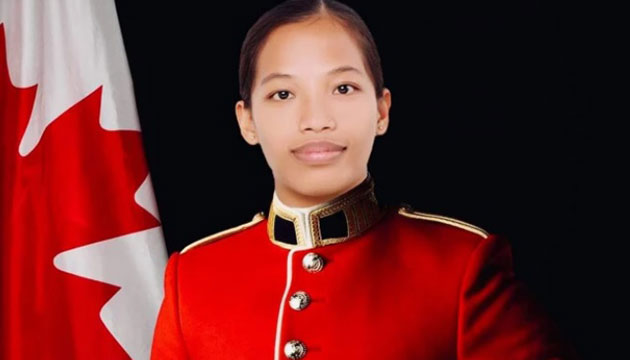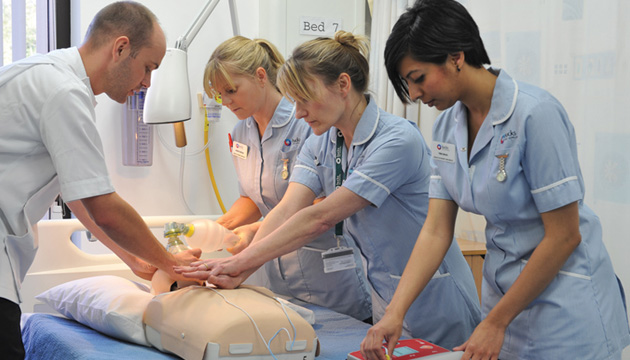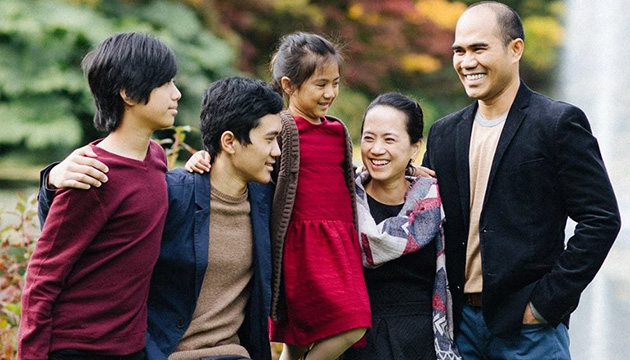A vibrant culture, world-class hospitality, natural wonders and a friendly English-speaking population are among the winning traits that the Philippines hopes will lure more foreign retirees into living and staking their future in the country.
“Smile at Life in the Philippines” is how the Philippine Retirement Authority (PRA) beckons foreign retirees and former citizens to invest, reside and retire in the Philippines. “This is our invitation to our former Filipino citizens and foreign nationals to choose the Philippines as their second home,” PRA says in its official website.
Competitive edge
So far, the Philippines has rarely figured prominently among the best retirement places in the world, based on a random internet search. The countries that appear to get the nod in most surveys are Panama, Mexico, Costa Rica, Ecuador, Spain, and Southeast Asian neighbours Malaysia and Thailand.
But the scant attention to the Philippines has not deterred the PRA from moving forward with its bold bid to compete with other countries for a larger slice of the foreign retiree market. PRA highlights the country’s unique geography, tropical climate, facility with the English language, affordable cost of living, and world-class medical and health services, among other things, as its edge over the competition.
Judging from the country’s experience in attracting foreign companies to set up call centers and business process outsourcing (BPO) operations in the Philippines, PRA believes that English as a second language to Filipinos is a great come-on to retirees looking for convenience in their business transactions, travel, or their simple day-to-day dealings.
“Understanding each other will not be a problem between the retirees and our people. Almost every Filipino can understand and speak some English. In fact, we are the third largest English-speaking nation in terms of population,” PRA explains.
Cost of living, health services
The cost of living in the Philippines is also quite affordable, and PRA considers this as one of the “principal appeals” of the country. “Housing, food, and labor costs are quite reasonable. Global Filipinos and foreign retirees can retire in the Philippines and enjoy not only the lower cost of living but also the very favourable currency exchange rate.”
The Philippines also boasts a modern financial system where foreign currency is usually traded in most hotels, department stores, banks and many authorized money exchange shops. International credit cards such as Visa, Mastercard, Diner’s Club and American Express are also accepted in major establishments.
Another plus-factor for most retirees is the presence of world-class, even state-of-the-art, medical facilities and health services. In this department, the Philippines is gaining considerable attention, thanks to mainly to the fine example shown by Filipino caregivers, nurses and other medical professionals who have found employment overseas, including Canada.
“In terms of medical services, our facilities are comparable to the best anywhere else. Our highly trained medical personnel and caregivers are in demand all over the world, not only for the competence and expertise but most especially for the care and compassion they show to their wards,” PRA assures.
Telecoms, natural wonders, hospitality
PRA also points out the Philippines’s recent advances in its telecommunications infrastructure, which enable retirees to communicate with ease and stay connected with their families and friends abroad.
Then there’s the growing emphasis on eco-tourism, which lures nature-loving retirees to verdant or blue sceneries and natural wonders. There is an abundance of natural wonders and world-class ecotourism spots in the Philippines, as exemplified by the world-renowned white beaches of Boracay and Bohol, the unique landscapes and seascapes of Palawan, and the diversity of wildlife all across the archipelago.
But the strongest suit of the Philippines, then as now, is its people’s unmatched hospitality. “Filipinos are naturally warm, friendly and hospitable. We have a ready smile for everybody, and our religious background that is predominantly Catholic makes service to others an innate trait,” says the PRA.
PRA service
So how does the PRA work to draw more retirees into the country?
On its website, www.pra.gov.ph, the agency invites attention to its “retiree services and assistance,” a package of measures that seeks to ease a retiree’s transition to Philippine life—from arrival at the airport to accessing health care.
The package features “meet and greet” services at the airport, whereby a PRA representative welcomes the arriving retiree and his/her dependents and leads them to a waiting transport vehicle to ensure their safe journey to their destination.
It includes a telephone hotline, +63.2.848.1412, at any time of the day, seven days a week, devoted to assisting retirees with their queries and concerns.
PRA likewise provides assistance in securing government documents essential to a retiree’s stay, such as police clearances, drivers’ licenses and motor vehicle registration, tax exemption certificates, medical clearances, and the alien employment permit (AEP) from the Department of Labor and Employment.
Assistance is also provided on banking matters and in obtaining merchant discounts. Finally, PRA provides retirees a list of hospitals and doctors that they can call or visit for their medical or health concerns, especially in cases of emergency.
Special Resident Retiree’s Visa
The primary vehicle for attracting retirees to live in the Philippines is the Special Resident Retiree’s Visa (SRRV) extended to qualified foreign retirees. PRA says that some 27,000 foreign retirees from 107 countries have chosen, and lived in the Philippines by availing themselves of the benefits of this visa.
In the case of former Filipino citizens who have acquired foreign citizenship, however, the more convenient alternative to applying for an SRRV is retaining or reacquiring Philippine citizenship under Republic Act 9225, the “dual citizenship law,” which provides a more comprehensive package of benefits which includes land ownership, unrestricted investment in all industries, and practice of profession.
For the retirees who are “pure foreigners” availing themselves of the SRRV, this package allows them to retire and live in the Philippines for as long as they please.
“An SRRV holder may come in and out of the country as often as he desires, and enjoy privileges such as exemption from securing the ACR I-Card (Alien Certificate of Registration Immigration Card) from the Bureau of Immigration; exemption from paying the travel tax at Philippine airports; and exemption from getting a study permit or student’s visa for their dependent-children who intends to pursue education in the Philippines,” PRA explains.
PRA retiree-members may also use health cards issued abroad in Philippine hospitals/clinics accredited by selected health card companies. They may also take advantage of the one time tax-free importation of household goods/personal effects and other privileges.
Requirements, SRRV options
Under the SRRV rules, a principal retiree must be at least 35 years old to enjoy the benefits of SRRV holders. Through the PRA, foreign retirees who wish to make the Philippines their international retirement destination can now choose from four SRRV options:
1) SRRV SMILE – for active / healthy principal retirees 35 year old and above who would just like to maintain their Visa deposit of US$20,000.00 in any of the PRA designated banks;
2) SRRV CLASSIC – for active / healthy principal retirees who opt to use their visa deposit of US$10,000.00 or US$20,000.00 (50 years old and above) or US$50,000.00 (35 to 49 years old) to purchase condominium units or use for long term lease of house and lot;
3) SRRV COURTESY – for former Filipinos (35 years old and above), and foreign nationals (50 years old & above) who have served in the Philippines as diplomats, ambassadors, or officers/staff of international organizations. The visa deposit is US$1,500.00.
4) SRRV HUMAN TOUCH – for ailing principal retirees, (35 years old and above), who are shown to have medical/clinical needs. Under this option, the retiree only needs to have a Visa deposit of US$10,000.00, a monthly pension of at least US$1,500.00 and a Health Insurance Policy.
“Simply the best”
PRA believes that its package of benefits makes the Philippines competitive with other countries jockeying to become the best retirement destination. It challenges would-be retirees to compare the SRRV with the retirement visas of other countries in its Asia-Pacific neighbourhood, and supremely confident that SRRV would come out “simply the best.”













